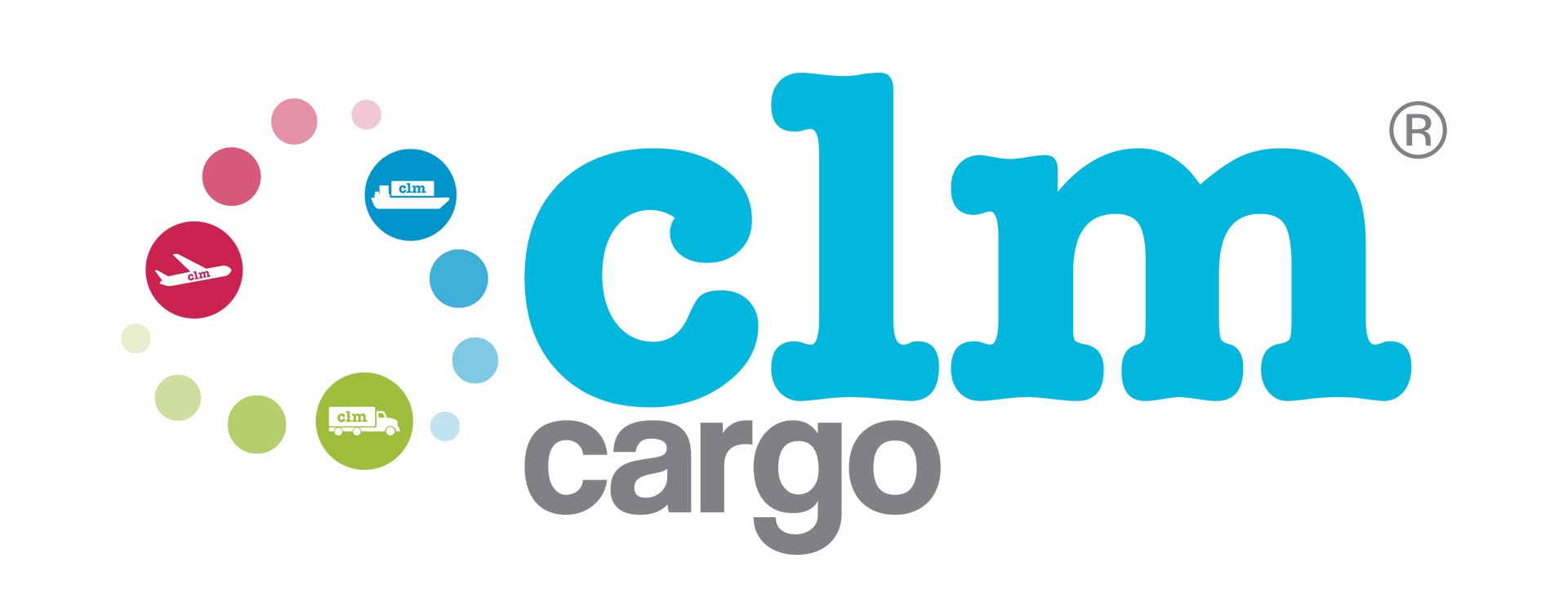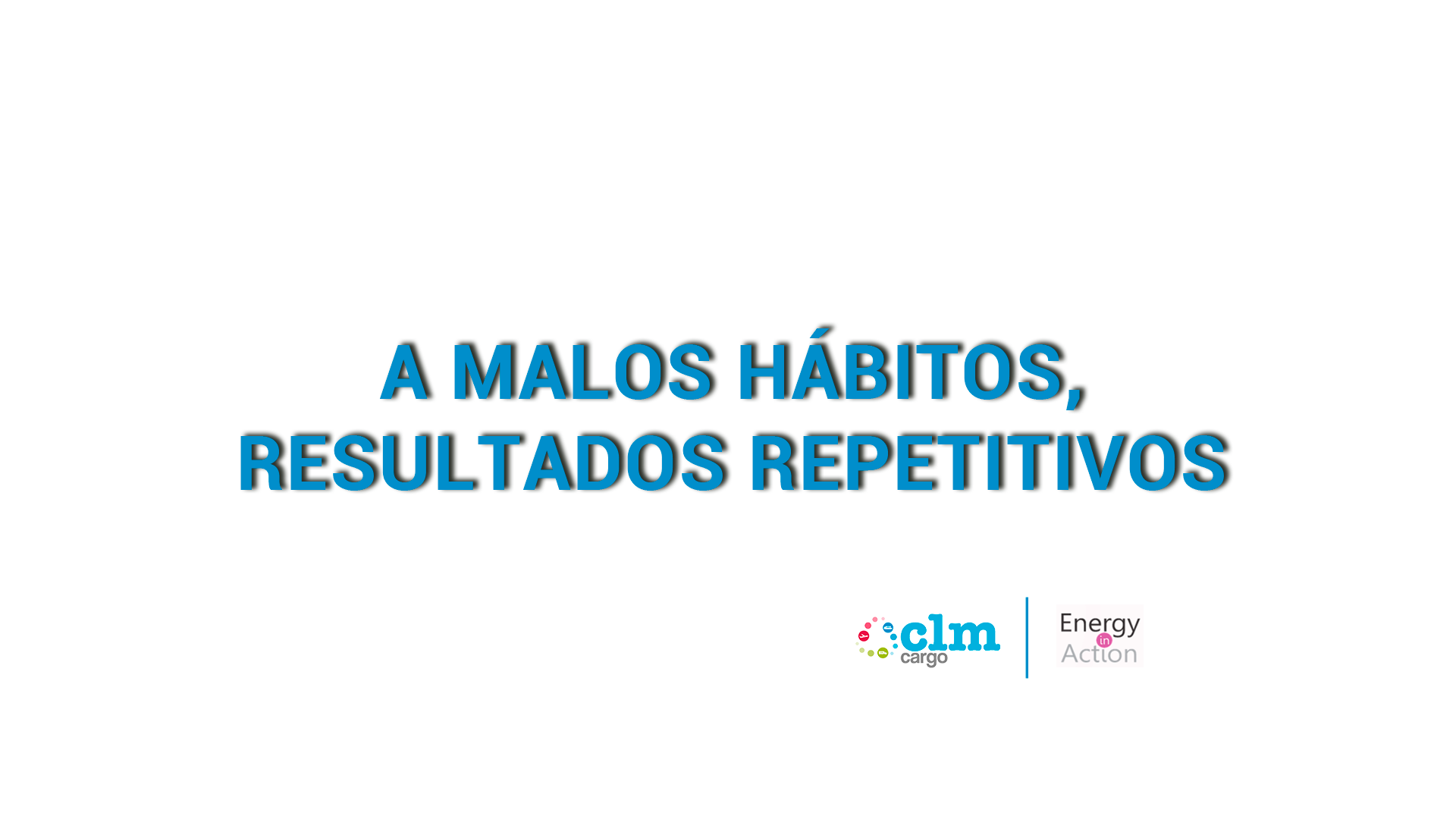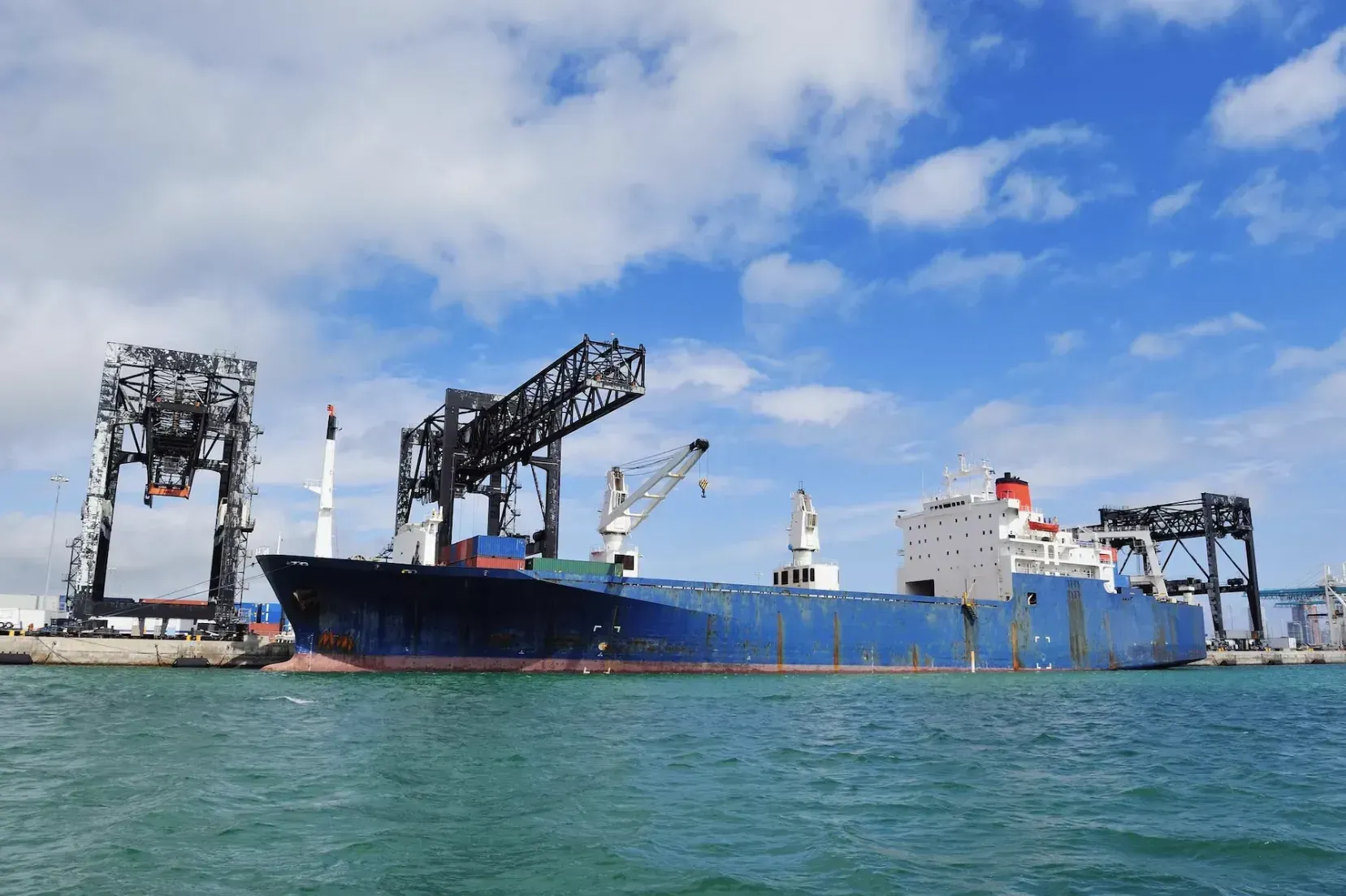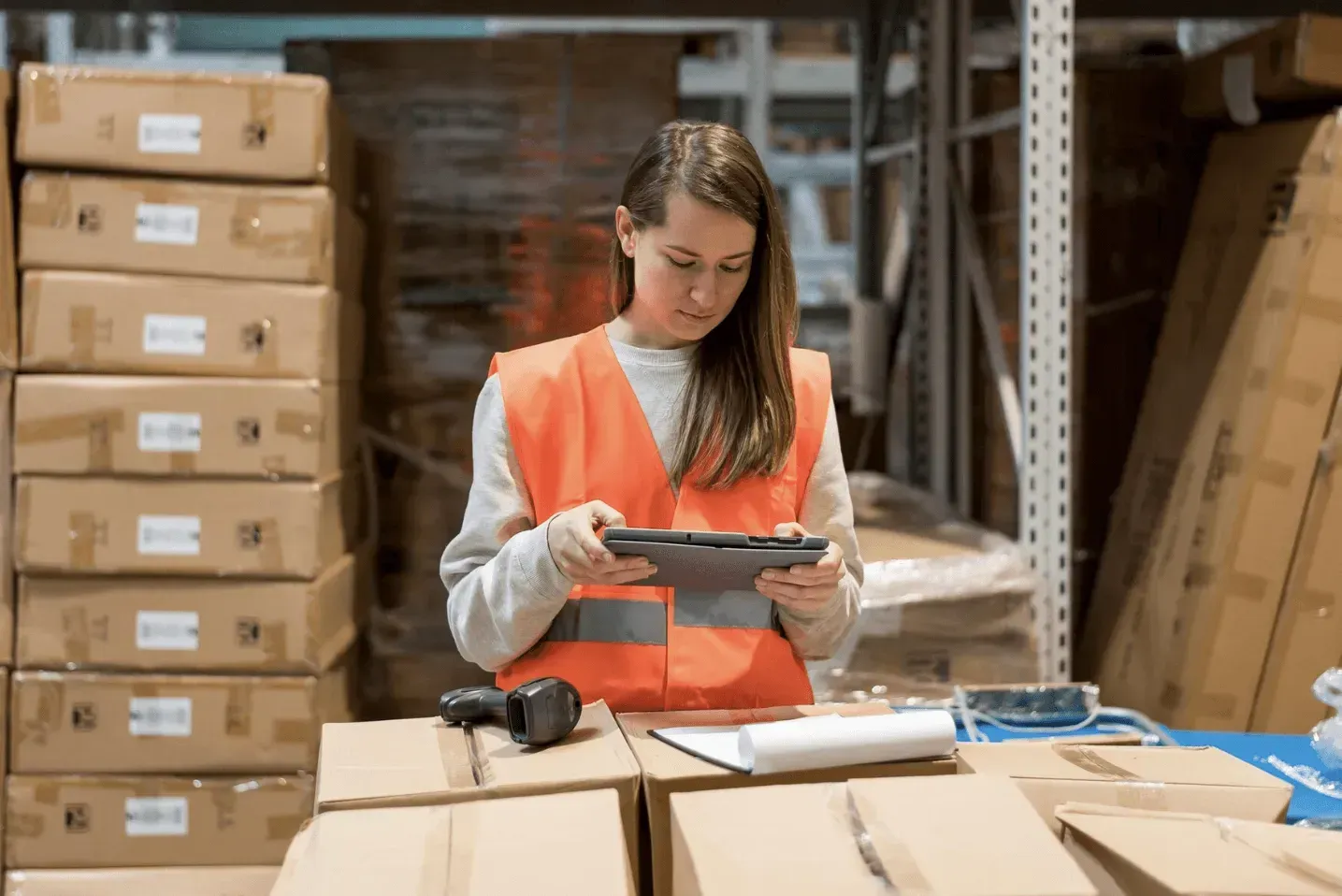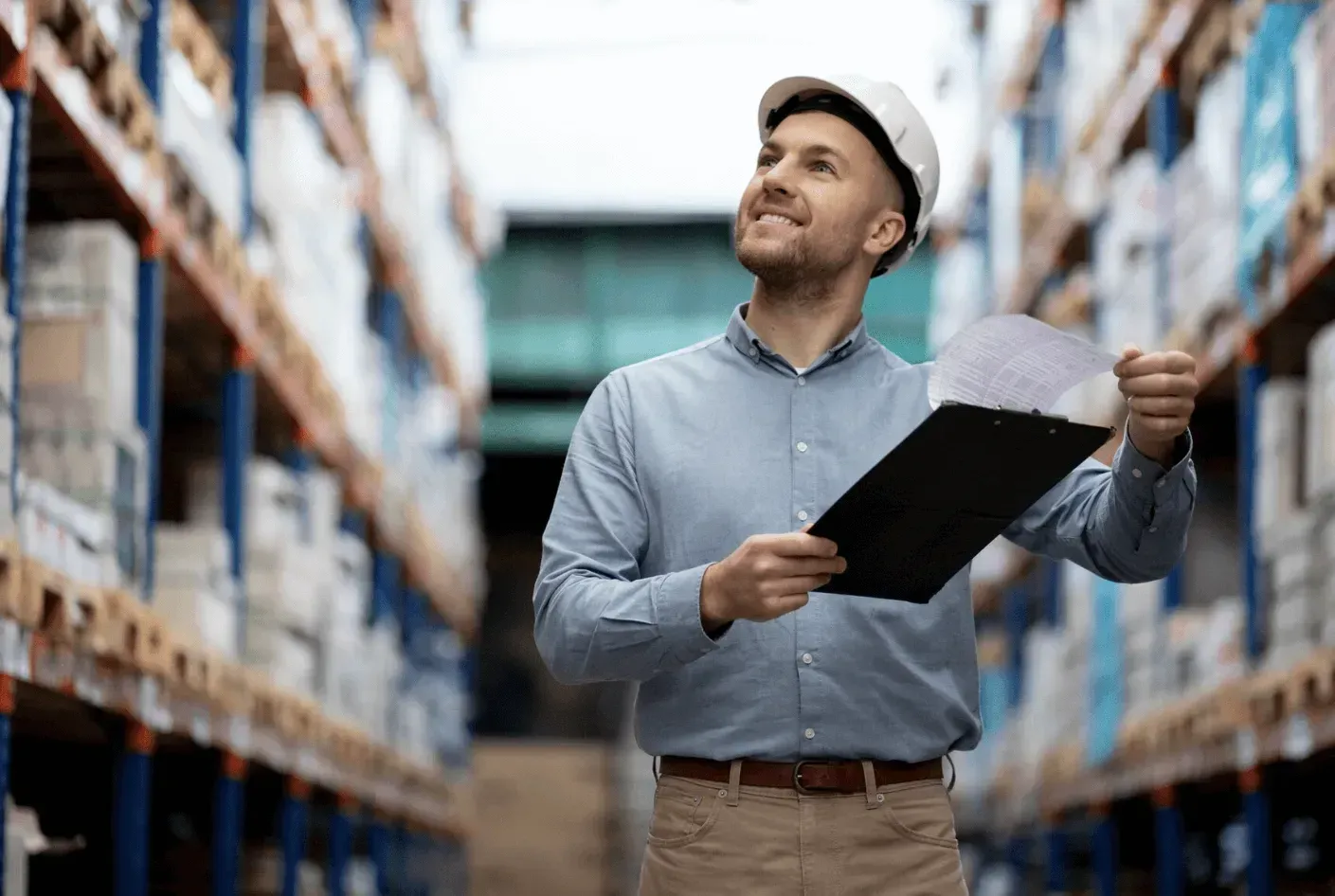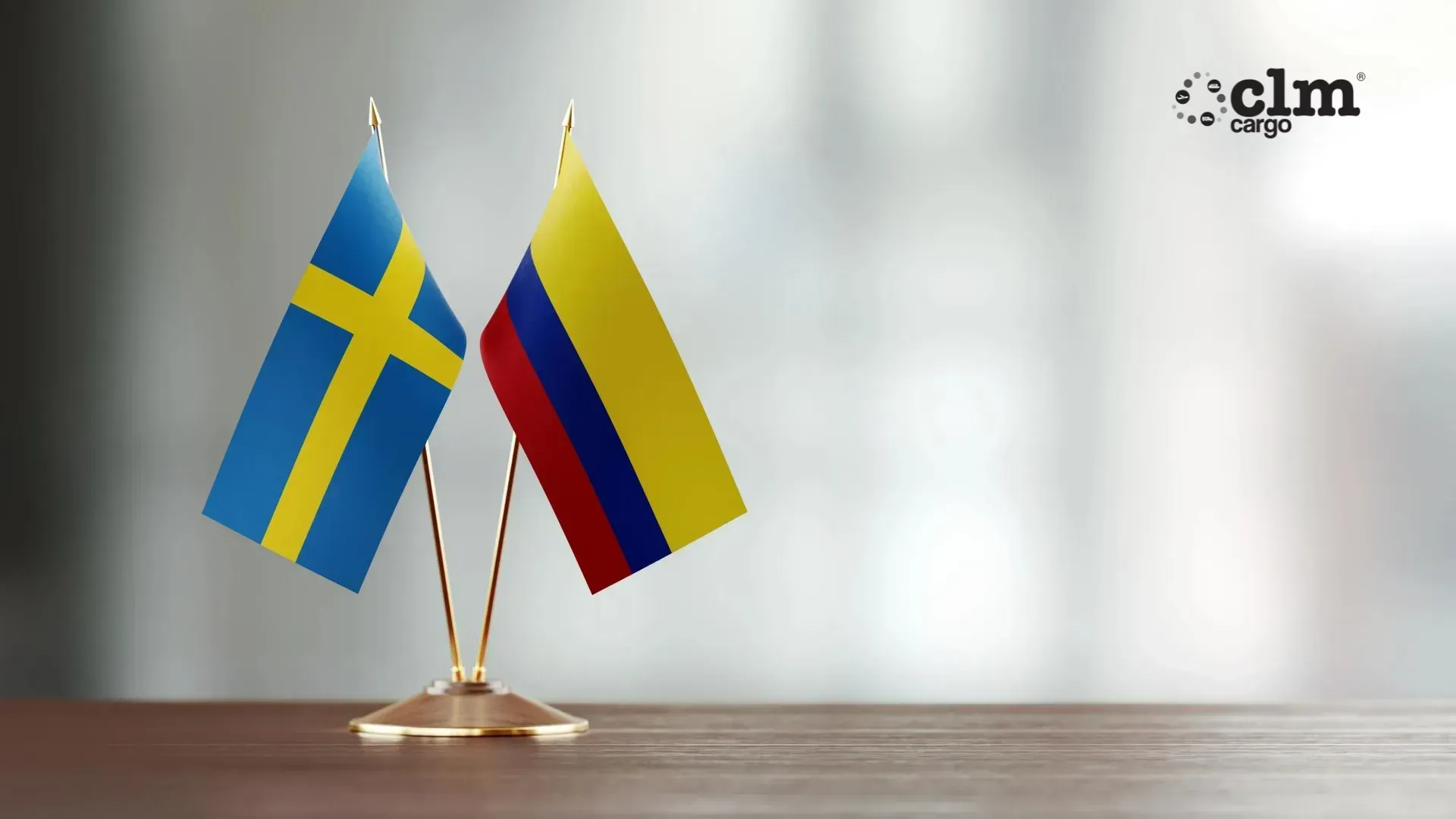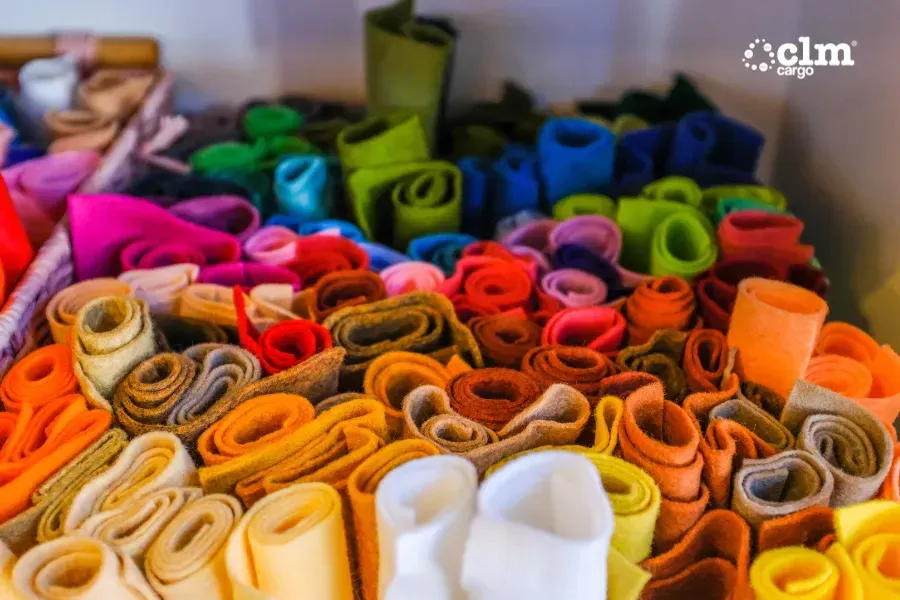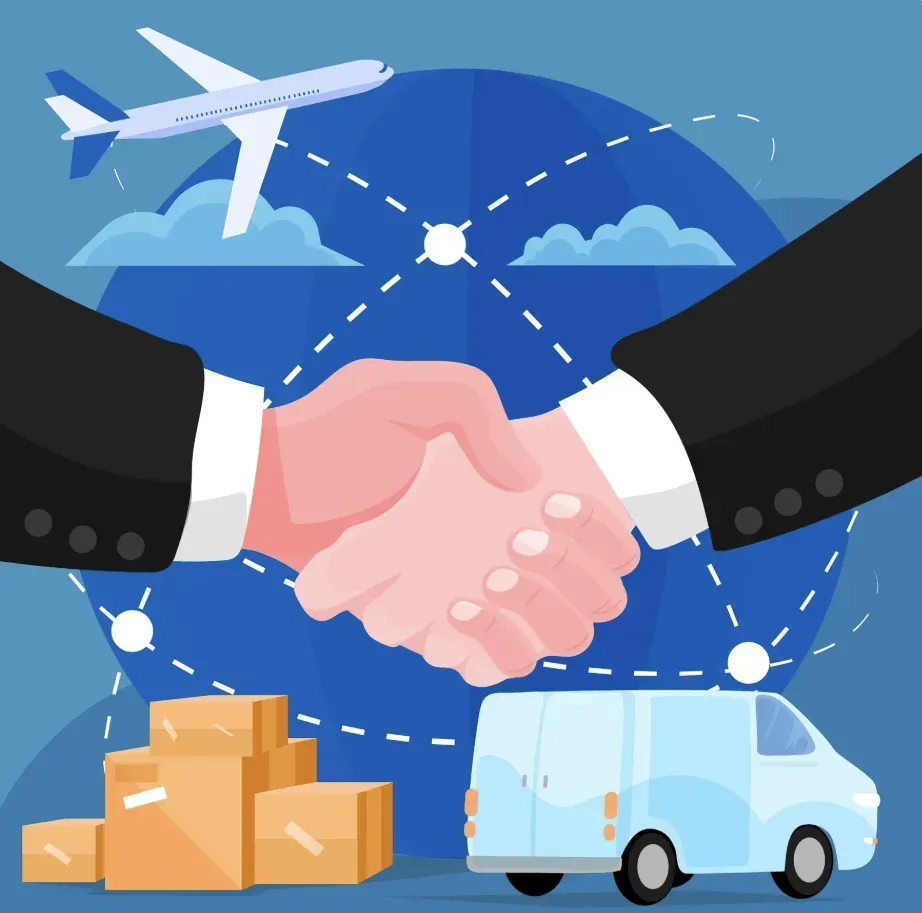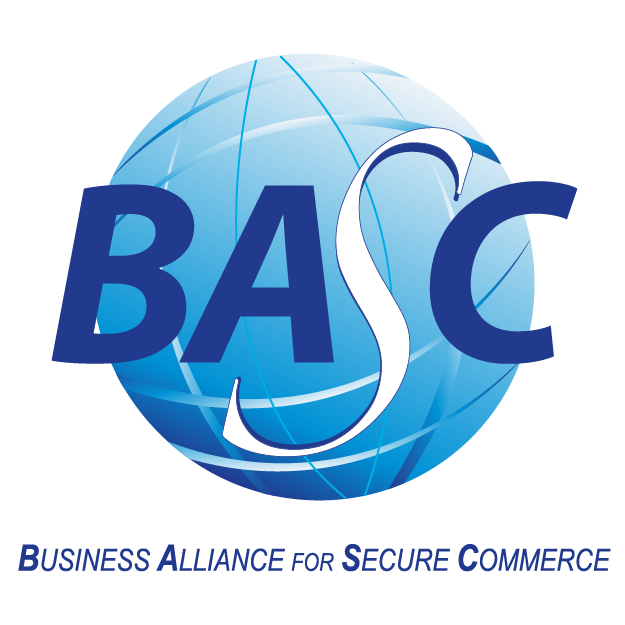How to import Brazilian products?
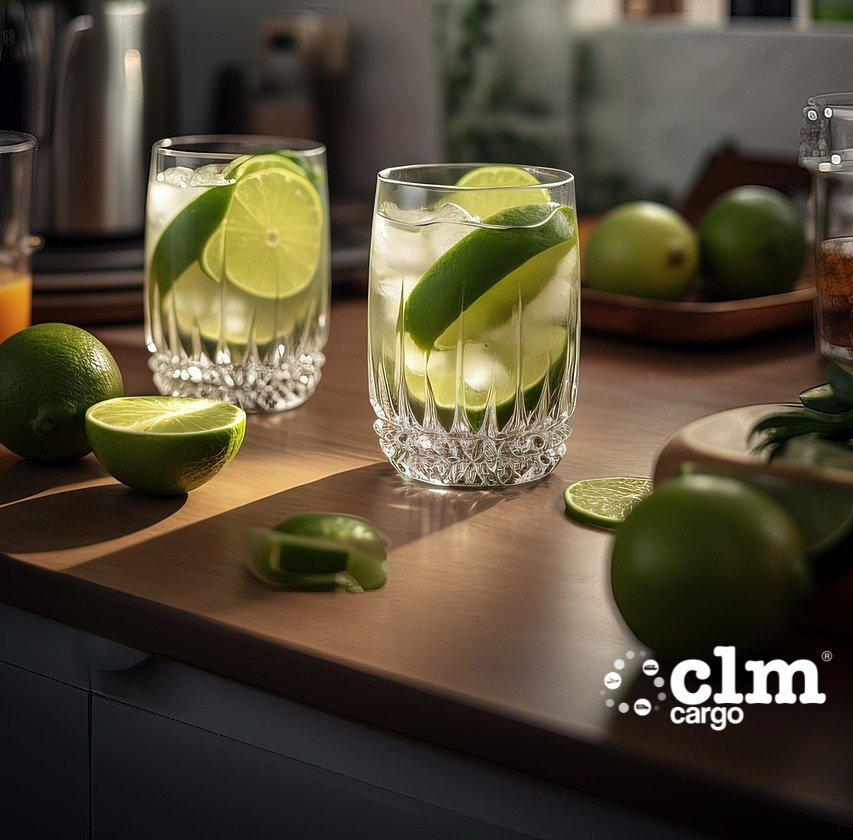
Brazil, a huge country and major emerging power, is fully integrated into the international trade market. Brazil is so attractive because it markets and sells such a wide variety of products: manufactured goods, meat, fruit, soya, alcohol and textiles.
Moreover Brazil is a land of rich culture, stunning landscapes, and a diverse range of high-quality products. Whether you're interested in importing Brazilian coffee, exotic fruits, textiles, or machinery, the process can seem daunting. That's where CLM Cargo, your trusted cargo and customs agent, comes in. We're here to guide you through the steps of importing Brazilian products efficiently and smoothly.
Step 1: Market Research and Product Selection
Before you dive into the world of importing Brazilian products, it's crucial to conduct thorough market research and carefully select the products you want to import. Here's what this step entails:
a. Identify Your Target Market:
Start by defining your target market. Where do you intend to sell the Brazilian products you import? Understanding your target market's preferences, demands, and regulations is essential.
b. Choose Your Products:
Brazil offers a wide range of products, from agricultural commodities like coffee and soybeans to manufactured goods such as machinery and textiles. Determine which products align with your market research and have potential demand in your target market.
c. Research Market Trends:
Stay updated on market trends and consumer preferences in your target market. Look for insights into which Brazilian products are currently in demand and likely to succeed.
d. Assess Regulatory Requirements:
Different products may have different regulatory requirements for importation. Research the specific regulations and standards that apply to the products you plan to import. This includes safety standards, labeling requirements, and any special certifications.
e. Establish a Budget:
Determine your budget for importing Brazilian products. Consider not only the cost of the products themselves but also expenses like shipping, customs duties, taxes, and logistics.
f. Identify Potential Suppliers:
Start searching for reliable Brazilian suppliers who can provide the products you want to import. Look for suppliers with a good reputation for quality and reliability.
g. Evaluate Competition:
Assess the level of competition in your target market for the chosen products. Understanding your competitors can help you refine your strategy.
h. Consider Long-Term Viability:
Think about the long-term viability of the products you intend to import. Are they seasonal, or is there consistent demand throughout the year?
i. Develop a Business Plan:
Based on your research, develop a detailed business plan outlining your import strategy. This plan should include your product selection, target market analysis, budget, and preliminary supplier contacts.
Step 2: Supplier Identification
Once you've conducted market research and selected the Brazilian products you want to import, the next crucial step is identifying reliable suppliers in Brazil. This step ensures that you establish strong partnerships with trustworthy sources for your products. Here's a detailed explanation of Step 2:
a. Leverage CLM Cargo's Network:
CLM Cargo, as your trusted cargo and customs agent, can provide valuable assistance in identifying reputable suppliers in Brazil. We have an extensive network and local knowledge that can help you connect with established suppliers.
b. Research Supplier Background:
Before engaging with potential suppliers, conduct thorough background checks. Research their reputation, history, and track record in the industry. Look for reviews, testimonials, and any information that can vouch for their reliability.
c. Verify Credentials:
Ensure that the suppliers you consider have the necessary certifications and meet regulatory requirements for the products they provide. Depending on the type of products, this might include quality certifications, safety standards, and compliance with environmental regulations.
d. Request Samples:
It's often a good practice to request product samples from potential suppliers. This allows you to assess the quality of the products firsthand. CLM Cargo can help facilitate the shipping and receiving of these samples.
e. Evaluate Pricing and Terms:
Discuss pricing, payment terms, and delivery terms with potential suppliers. Make sure you have a clear understanding of the cost structure, including any additional charges such as shipping fees or taxes.
f. Communicate Expectations:
Clearly communicate your expectations to potential suppliers, including product specifications, quality standards, delivery schedules, and any customization requirements.
g. Negotiate Contracts:
Once you've identified a reliable supplier and reached an agreement on terms, it's essential to formalize the relationship with a contract. This contract should outline all agreed-upon terms and conditions, including pricing, delivery schedules, and quality standards.
h. Build Strong Relationships:
Cultivate strong relationships with your suppliers. Good communication and a positive working relationship can lead to smoother transactions and potential opportunities for future collaboration.
i. Diversify Suppliers (Optional):
Consider diversifying your supplier base. Having multiple suppliers for the same product can provide flexibility and reduce risks associated with dependence on a single source.
Step 3: Documentation and Compliance
Once you've identified your suppliers and established a working relationship, it's time to focus on the essential aspect of documentation and compliance. This step involves ensuring that all necessary paperwork is in order to facilitate the importation process smoothly. Here's a detailed explanation of Step 3:
a. Invoice and Purchase Order:
Begin by generating an invoice and purchase order for the products you are importing. These documents should include details such as product descriptions, quantities, pricing, and terms of sale. Ensure that these documents are accurate and align with your agreement with the supplier.
b. Bill of Lading (B/L):
The Bill of Lading is a critical shipping document issued by the carrier (usually the shipping company or freight forwarder) that acknowledges the receipt of goods for shipment. It includes information about the origin, destination, and details of the cargo.
c. Certificates of Origin:
Depending on the products you are importing, you may need certificates of origin to prove where the goods were manufactured. These certificates may be required for customs clearance and to determine eligibility for preferential trade agreements.
d. Import Licenses and Permits:
Check if your country requires import licenses or permits for the specific products you are importing from Brazil. Ensure that you have obtained all necessary authorizations from the relevant government authorities.
e. Customs Declaration:
Prepare a customs declaration or entry, which provides details about the imported products, their classification, and their value. CLM Cargo can assist in preparing accurate customs declarations to facilitate smooth clearance.
f. Quality and Inspection Certificates:
For certain products, quality and inspection certificates may be necessary to demonstrate that the goods meet specified standards or regulations. Ensure that these certificates are in place if required.
g. Compliance with Local Regulations:
Adhere to all local regulations and standards for product labeling, safety, and any other relevant requirements in your country. Non-compliance can lead to delays and penalties.
h. Taxation and Duties:
Calculate and be prepared to pay any applicable import taxes, duties, and fees. CLM Cargo can help you understand and navigate the tax and duty implications of your importation.
i. Record-Keeping:
Maintain organized records of all import-related documents. This is essential for compliance, audit purposes, and future reference.
j. Language Requirements:
Ensure that all documents are provided in the required languages for both the exporting and importing countries. Translation services may be necessary.
k. CLM Cargo's Expertise:
Leverage CLM Cargo's expertise in customs documentation and compliance. Our team has a deep understanding of import regulations and can help ensure that all required documents are correctly prepared.
Step 4: Tariffs and Duties
Understanding and managing tariffs and duties is a critical aspect of the importation process. This step involves calculating and preparing for the costs associated with importing Brazilian products into your country. Here's a detailed explanation of Step 4:
a. Tariff Classification:
Each product you import is assigned a specific tariff classification code, known as the Harmonized System (HS) code. This code determines the rate of duty and other import requirements. Accurate classification is crucial, as it affects the amount of duty you'll pay.
b. Determine Applicable Duties:
Research and calculate the applicable import duties, taxes, and fees for the Brazilian products you are importing. These can vary based on factors such as product type, country of origin, and trade agreements.
c. Preferential Trade Agreements:
Check if there are any preferential trade agreements (such as free trade agreements) between your country and Brazil that may reduce or eliminate import duties for certain products. CLM Cargo can provide guidance on taking advantage of these agreements.
d. Import Duty Exemptions:
Explore whether any import duty exemptions or reductions apply to your products. Some products may qualify for exemptions based on their intended use or classification.
e. Calculate Total Costs:
Factor in all costs associated with importing, including purchase costs, shipping and freight charges, insurance, customs brokerage fees, and any other relevant expenses.
f. Payment Planning:
Ensure that you have a clear plan for making duty and tax payments. This may involve setting up accounts with customs authorities or arranging for payment at the time of customs clearance.
g. Budgeting:
Incorporate the calculated import duties and taxes into your budget to accurately assess the total cost of importing Brazilian products.
h. CLM Cargo's Expertise:
Leverage CLM Cargo's expertise in tariff and duty assessment. We can help you navigate the complexities of duty calculation and ensure compliance with your country's customs regulations.
i. Record Keeping:
Maintain detailed records of all calculations and payments related to import duties and taxes. This documentation is essential for auditing and financial planning.
Step 5: Shipping and Logistics
Once you've addressed documentation, compliance, and tariff considerations, the focus shifts to the practical aspects of shipping and logistics. This step involves coordinating the physical movement of your Brazilian products from the supplier's location in Brazil to your destination. Here's a detailed explanation of Step 5:
a. Selecting a Shipping Method:
Determine the most suitable shipping method for your products. Common options include sea freight, air freight, and land transportation. Consider factors such as cost, transit time, and the nature of your products when making this decision.
b. Freight Forwarding:
Consider partnering with a reputable freight forwarder. They can assist in booking cargo space, managing transportation logistics, and ensuring that your products are properly packaged and labeled for shipment.
c. Packaging and Labeling:
Ensure that your Brazilian products are packaged securely and labeled correctly. Proper labeling is essential for both logistics and customs clearance. CLM Cargo can provide guidance on packaging and labeling requirements.
d. Shipping Documentation:
Prepare and organize all shipping documentation, including the Bill of Lading (B/L), packing lists, certificates of origin, and any other required paperwork. Make sure copies of these documents are readily accessible throughout the shipment.
e. Customs Clearance Planning:
Work with CLM Cargo to plan for customs clearance at the destination. Ensure that all necessary documentation is provided to customs authorities for clearance purposes.
f. Tracking and Visibility:
Utilize tracking systems to monitor the progress of your shipment. This provides real-time visibility into the location and status of your Brazilian products during transit.
g. Insurance Coverage:
Consider purchasing cargo insurance to protect your products in case of damage, loss, or theft during transit. CLM Cargo can help you explore insurance options.
h. Delivery to Final Destination:
Coordinate the final leg of the journey, which involves the delivery of your Brazilian products to their destination, whether it's your warehouse, distribution center, or directly to customers.
i. Timely Communication:
Maintain open communication with your freight forwarder, shipping companies, and customs agents. Timely communication helps address any issues that may arise during transit.
j. Quality Control:
Implement quality control measures to ensure that your Brazilian products arrive in the desired condition. This may involve inspections upon arrival.
k. CLM Cargo's Expertise:
Rely on CLM Cargo's expertise in international logistics. We can assist in coordinating all aspects of shipping and logistics, from selecting the right shipping method to managing the movement of your products.
Step 6: Quality Assurance
Quality assurance is a critical step in the importation process, ensuring that the Brazilian products you're importing meet your specified standards and requirements. Here's a detailed explanation of Step 6:
a. Inspection Planning:
Before your products are shipped from Brazil, plan for quality inspections. Determine whether you need pre-shipment inspections, in-process inspections, or other forms of quality control.
b. Third-Party Inspection:
Consider engaging third-party inspection services to assess the quality, quantity, and condition of your products. These inspections are typically conducted by independent agencies with expertise in product quality assessment.
c. Sampling and Testing:
Depending on the nature of the products, conduct sampling and testing to verify that they meet the required specifications. This is particularly important for products subject to strict quality standards.
d. Product Verification:
Check that the products received match the specifications outlined in your purchase agreement and documentation. Verify quantities, sizes, colors, and any other relevant details.
e. Labeling and Packaging Inspection:
Inspect the packaging and labeling of your Brazilian products to ensure they comply with your market's regulations and meet your branding standards.
f. Documentation Review:
Review all documentation related to the products, including certificates of origin, quality certificates, and any inspection reports generated in Brazil.
g. Non-Conformance Handling:
If any non-conformances or discrepancies are identified during the quality assurance process, work with your suppliers to resolve them before customs clearance and distribution.
h. Coordination with CLM Cargo:
Coordinate with CLM Cargo to ensure that the products meet the quality standards required for customs clearance and entry into your market.
i. Record Keeping:
Maintain thorough records of all quality assurance activities and inspection results. These records serve as documentation of compliance and can be valuable for any future quality disputes.
j. Transparency with Suppliers:
Maintain open communication with your Brazilian suppliers regarding quality standards and any issues identified during inspections. Transparency helps build trust and facilitates issue resolution.
k. Continuous Improvement:
Consider quality assurance as an ongoing process. Use the feedback from inspections to make improvements in your supply chain and product quality.
Step 7: Customs Clearance
Customs clearance is a pivotal step in the importation process, where your Brazilian products are officially authorized to enter your home country. This step involves dealing with customs authorities and ensuring that all regulatory requirements are met. Here's a detailed explanation of Step 7:
a. Submission of Required Documents:
Provide all necessary documentation to customs authorities. This typically includes the Bill of Lading (B/L), customs declaration, invoices, packing lists, certificates of origin, and any permits or licenses required for your products.
b. Customs Examination (if required):
Depending on your products and the discretion of customs authorities, a physical examination of the goods may be conducted to verify their accuracy and compliance with declared values.
c. Assessment of Duties and Taxes:
Customs officials will calculate the import duties, taxes, and fees based on the information you've provided. Ensure that you have the necessary funds available for payment.
d. Duty Payment:
Pay the assessed import duties, taxes, and fees to customs authorities. Properly document these payments for your records.
e. Customs Brokerage:
Consider working with a licensed customs broker or agent who can facilitate the customs clearance process on your behalf. CLM Cargo can provide customs brokerage services to streamline this step.
f. Compliance with Regulations:
Ensure that your Brazilian products comply with all regulatory requirements and standards of your home country. This may involve inspections, quality control checks, or certifications.
g. Tariff Classification Verification:
Customs authorities will verify the tariff classification of your products to determine the correct duty rates. It's important that your products are classified accurately.
h. Record Keeping:
Maintain thorough records of all customs-related documentation and transactions. This documentation is essential for audits and compliance checks.
i. Release of Goods:
Once customs clearance is granted, your Brazilian products will be released and allowed to enter your home country. You can then arrange for the final delivery to your destination.
j. Post-Clearance Audits:
Be aware that customs authorities may conduct post-clearance audits to verify compliance. It's crucial to have accurate and complete records for these situations.
k. CLM Cargo's Assistance:
Leverage CLM Cargo's expertise in customs clearance. We can help ensure that all necessary customs procedures are followed accurately and efficiently.
Step 8: Distribution and Delivery
After your Brazilian products have successfully cleared customs and entered your home country, the focus shifts to distribution and delivery. This step involves getting your products to their final destination, whether it's your warehouse, distribution center, or directly to customers. Here's a detailed explanation of Step 8:
- Transportation Planning:
Determine the most efficient and cost-effective means of transporting your products from the point of customs clearance to their final destination. This may involve land transportation (trucking), rail, or other methods.
- Logistics Coordination:
Coordinate the logistics of product distribution. Ensure that you have the necessary infrastructure, such as warehouses and storage facilities, to accommodate your products.
- Inventory Management:
Implement effective inventory management practices to keep track of your Brazilian products. This includes tracking quantities, expiration dates (if applicable), and product rotation.
- Order Fulfillment:
If you're selling directly to customers, establish an order fulfillment process. This may include picking, packing, and shipping individual orders to customers.
- Distribution Network:
Consider your distribution network. If you have multiple locations or retail partners, ensure that your products are routed appropriately to reach each destination.
- Quality Control (if applicable):
Depending on the nature of your products, conduct post-importation quality checks to ensure that they have not been damaged during transit or storage.
- Last-Mile Delivery:
If your products are destined for consumers, coordinate last-mile delivery to ensure timely and accurate delivery to customers' doorsteps.
- Compliance with Local Regulations:
Comply with any local regulations regarding product distribution and sales, including labeling, safety, and licensing requirements.
- Marketing and Sales Strategy:
If you have a sales and marketing strategy in place, initiate it to promote your Brazilian products in the local market. This may involve advertising, promotions, and sales campaigns.
- Customer Support:
If applicable, provide customer support to address any inquiries, issues, or concerns related to your products. Excellent customer service can lead to repeat business and positive reviews.
- CLM Cargo's Support:
Consider CLM Cargo's support in the distribution and delivery process. We can assist in coordinating the transportation of your products, ensuring that they reach their destination efficiently and on time.
Step 9: Market Expansion and Growth
After successfully distributing and delivering your Brazilian products to their destination in your home country, the focus shifts to expanding your market presence and achieving sustainable growth. Here's a detailed explanation of Step 9:
- Market Analysis:
Continuously analyze your market to identify opportunities for growth. Monitor customer preferences, market trends, and competitor activities.
- Customer Engagement:
Engage with your customers and gather feedback about the Brazilian products you've imported. Use this feedback to make improvements and tailor your products to customer needs.
- Marketing Strategies:
Develop and implement marketing strategies to increase awareness of your products and reach a wider audience. This may include online advertising, social media campaigns, and content marketing.
- Sales Channels:
Explore additional sales channels and distribution outlets to expand your reach. This could involve partnering with new retailers, wholesalers, or online marketplaces.
- Product Diversification:
Consider diversifying your product offerings. If you've had success with Brazilian products, explore opportunities to import additional products or expand into related product categories.
- Customer Retention:
Implement strategies to retain existing customers. Loyalty programs, excellent customer service, and follow-up communication can help build long-term customer relationships.
- Financial Management:
Manage your finances wisely to support growth. Monitor cash flow, budget for marketing and expansion efforts, and seek financing if necessary.
- Regulatory Compliance:
Stay up-to-date with any changes in regulations that may affect your imported products. Ensure that you continue to comply with all relevant laws and standards.
- Market Research:
Conduct ongoing market research to understand evolving consumer preferences and adapt your products and strategies accordingly.
- Sustainability and Responsibility:
Consider sustainability practices and corporate social responsibility (CSR) initiatives, as these factors can be attractive to modern consumers.
- CLM Cargo's Continued Support:
CLM Cargo can continue to provide support by ensuring the efficient and cost-effective transportation of additional Brazilian products as your business expands.
Step 10: Continuous Improvement and Optimization
The final step of the importation process focuses on continuous improvement and optimization of your import business. This step is ongoing and involves refining your operations and strategies to enhance efficiency, reduce costs, and adapt to changing market conditions. Here's a detailed explanation of Step 10:
- Performance Evaluation:
Regularly assess the performance of your import business. Analyze key performance indicators (KPIs) such as sales, profitability, customer satisfaction, and delivery times.
- Feedback and Adaptation:
Listen to feedback from customers, suppliers, and employees. Use this feedback to identify areas for improvement and make necessary adjustments to your processes and products.
- Cost Analysis:
Conduct cost analyses to identify opportunities for cost reduction without compromising product quality or customer satisfaction.
- Technology Integration:
Explore opportunities to integrate technology into your import business. This might include adopting new software for inventory management, supply chain optimization, or customer relationship management (CRM).
- Sustainability Practices:
Consider implementing sustainability practices and eco-friendly initiatives in your supply chain and operations. These efforts can align with market trends and consumer preferences.
- Compliance Updates:
Stay updated on changes in regulations, tariffs, and trade agreements that may impact your import business. Ensure that you remain in compliance with all relevant laws.
- Market Expansion:
Continue to explore opportunities for market expansion, both domestically and internationally. Expanding to new regions or countries can be a significant growth strategy.
- Supplier Relationships:
Nurture and strengthen your relationships with Brazilian suppliers. Maintaining good supplier relationships can lead to better terms, reliability, and access to new products.
- Employee Training:
Invest in ongoing training and development for your team. Well-trained employees are better equipped to handle challenges and contribute to your business's success.
- Risk Management:
Develop and maintain a robust risk management strategy. Identify potential risks in your supply chain and have contingency plans in place to mitigate them.
- CLM Cargo's Ongoing Support:
CLM Cargo can continue to provide ongoing support, helping you adapt to changes in the import landscape and optimize your logistics and customs processes.
mporting Brazilian products can be a rewarding venture, opening doors to unique and high-quality goods. With CLM Cargo by your side, you can confidently navigate the complexities of international trade. Contact us today to start your journey into the vibrant world of importing Brazilian products.



